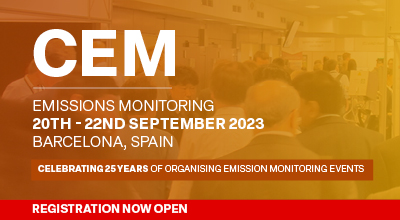| Abstract Title: | WI BAT conclusions and changes in emissions monitoring - What should you know? |
| Presenter Name: | Mrs Jyrki Korpela |
| Company/Organisation: | Gasmet Technologies |
| Country: | Finland |
Abstract Information :
In this presentation we will discuss the European regulations for industrial emission monitoring, focusing on the new Waste Incineration BAT conclusions, which were finally published in the end of 2019. Environmental permits will have to be updated to take these into account within four years. We will also present some emission monitoring data from a waste incineration plant to show the reasons for the upcoming, new requirements for mercury monitoring.
The final draft of the Best Available Technology Reference document for Waste Incineration (WI BREF) was accepted by European Integrated Pollution Prevention and Control Bureau (EIPPCB) on summer 2019 and the WI BAT conclusions published on 3rd December 2019, under the IED Directive 2010/75/EU. This BAT conclusions covers the incineration and co-incineration of waste, including the many different type of waste categories, such as hazardous and non-hazardous waste.
The revised BREF defines the technical basis and BAT-associated emission levels (BAT-AELs) for national authorities in the EU to set operating permits for installations. Regardless of whether the BAT-AELs change or not, all environmental permits of existing waste incineration installations in Europe need to be reviewed during the implementation period of four years. However, it should be noted that new installations must comply with the new requirements immediately without any implementation period.
In emissions monitoring, most components that need to be measured have stayed the same, and also the requirements for daily averages.
The greatest change is the new requirement to monitor mercury emissions. It is the first time BAT-AELs are set for mercury (Hg) emissions for incineration and co-incinerations of waste at EU level.
Continuous monitoring is required if it cannot be proven that the waste incinerated has low and stable mercury content. In many cases it can be seen that the feeds to the incinerator vary in mercury content, which can be detected with online mercury monitoring. One of such installations will be presented.

